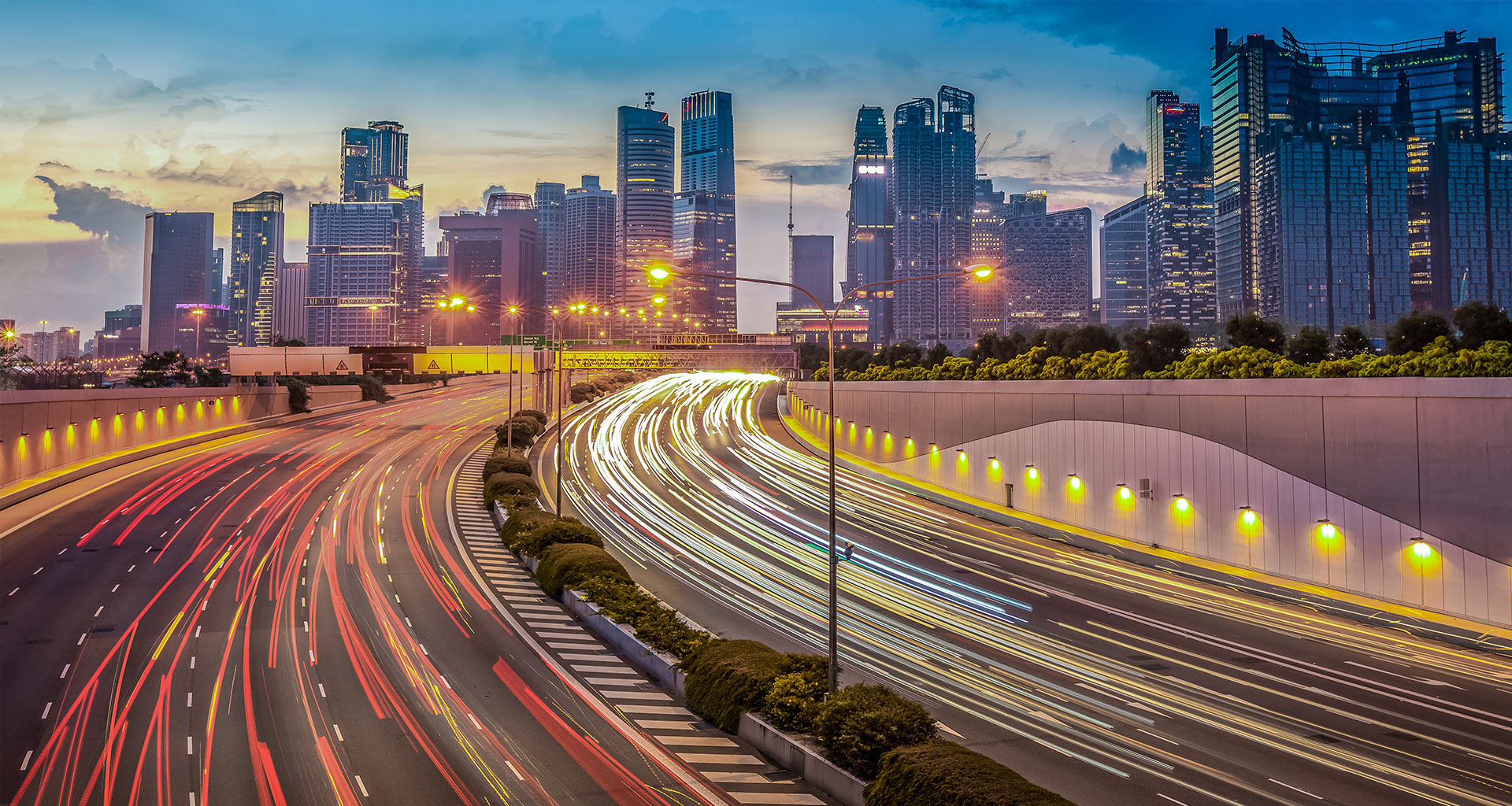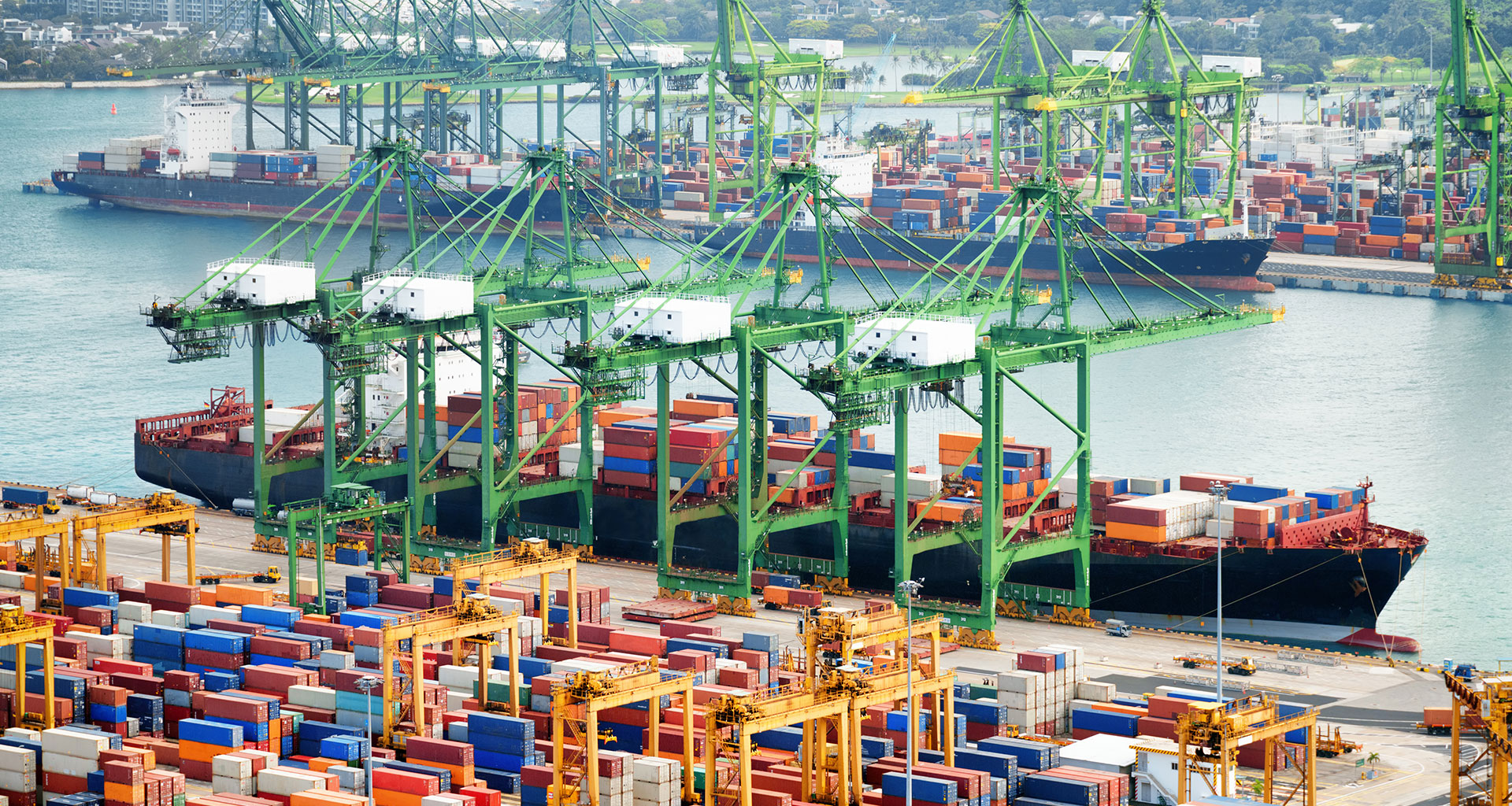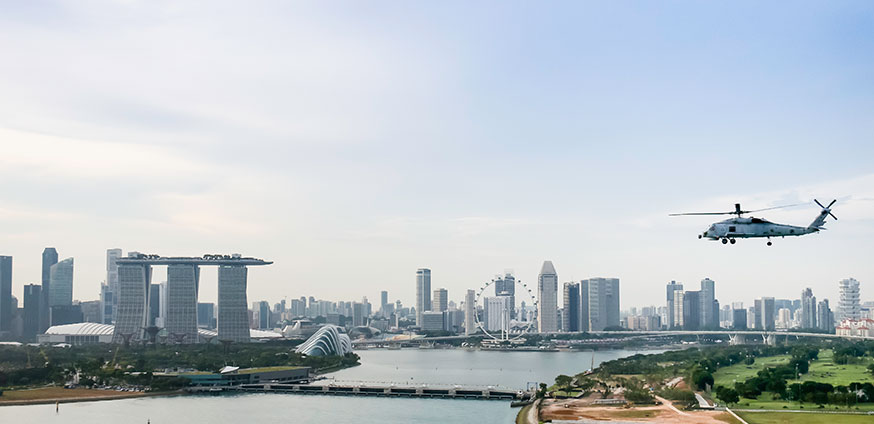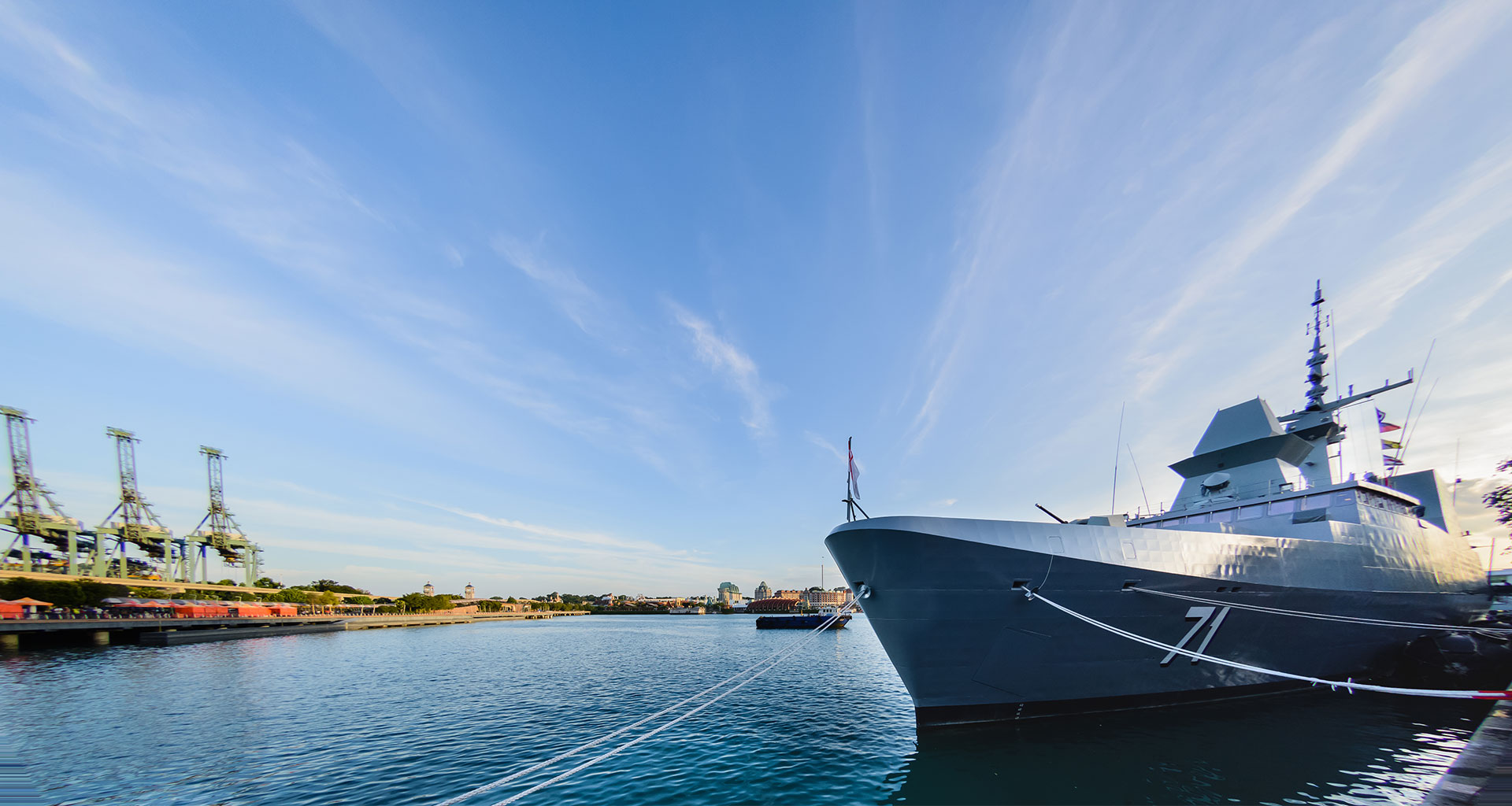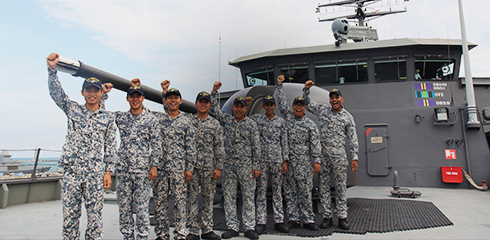It can be easy to forget that Singapore is still a maritime nation, with crucial ties to the waves. Find out what the country owes to the sea, from beloved dishes to the buildings themselves.
Take away Singapore’s access to the sea, and our story — and current state of prosperity — would be very different.
Throughout the country’s history, the sea has helped make Singapore what it is. Don’t believe us? Read on.
Food
It will come as no surprise that when CNN listed the top 50 dishes in the world in 2017, a whopping four of them were from Singapore. We are a foodie nation, and proud of it.
But we’re also a vulnerable nation, one where over 90% of our food is imported. And how does most of that food arrive to our shores? By sea. As Dr Paul Teng, a food security expert and professor at the S Rajaratnam School of International Studies told Today, “Supermarkets are full of food… (but) Singapore (becomes) very vulnerable when there are major disturbances to the production of food.” If something were to disrupt sea traffic, our pantries could look a lot emptier.
So would our hawker centres. Most of our beloved national dishes rely on ingredients that are imported by sea. That means without sea trade, our hawker centres would stand empty, decimating Singapore’s food landscape.
Trade
Singapore may have a small physical footprint, but its geographic position makes it an absolute trading powerhouse. As The Economist explains, “its strategic location and natural harbour helped [its economic success]. It is at the mouth of the Malacca Strait, through which perhaps 40% of the world maritime trade passes.”
Maritime trade isn’t just important for the world — it is a key part of what makes Singapore prosperous. Some 7% of Singapore’s GDP comes from Singapore’s maritime industry. Singapore is also the world’s top transhipment hub, handling almost one-seventh of the world’s transhipment containers, playing a vital role in the global movement of raw materials and cargo.
The Singaporean Landscape
The sea surrounding Singapore has contributed to the country in one last way. It offered space for Singapore to expand its land, and the means to do so. By filling the coast with millions of tonnes of sand (imported by ship), Singapore has been able to expand its size by 25%. No land reclamation from the sea, no Marina Bay, for example.
And that sand helps Singapore grow upwards too. In 2016, 38.6 million tonnes of sand, vital for concrete used in infrastructure and skyscrapers, was imported.
…All Protected by the RSN
The Republic of Singapore Navy has always known how vital our maritime landscape is. That’s why it is dedicated to protecting its openness and safety 24/7, from patrolling our sea lanes to defending against piracy. All our training, manpower and dedication are here to keeping watch over the lifeline that is our sea.



